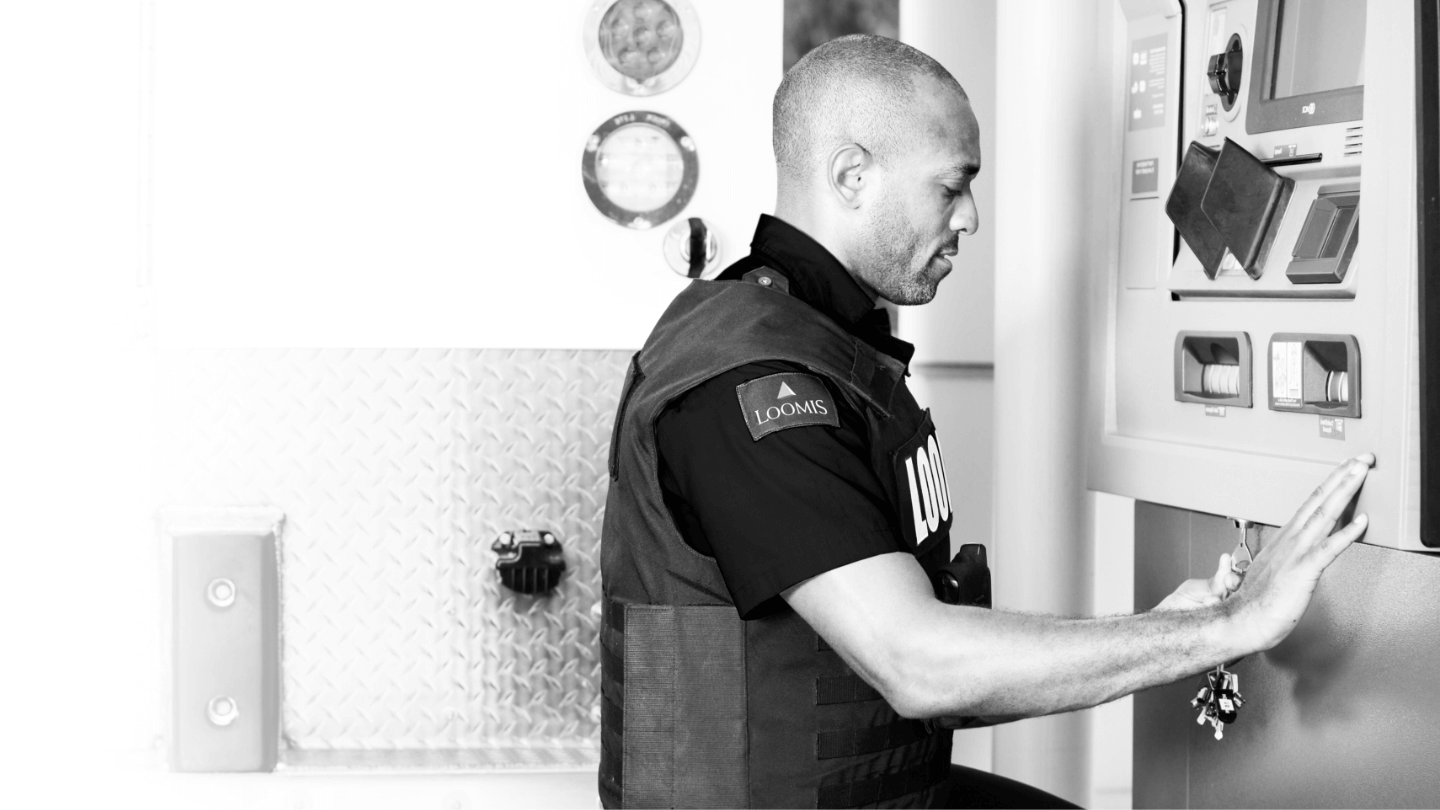Investing in a Stronger Restaurant Workforce: Tips & Tools

The restaurant industry is facing increasing pressure to deliver exceptional customer experiences while managing high employee turnover. The average cost of losing one hourly wage worker? $1,500. Investing in a strong workforce is essential for long-term success. This article will explore effective strategies for improving employee retention, engagement, and development.
Embrace E-Learning
“E-learning" refers to training that is done using technology—this is usually done with a computer, tablet, or a phone. E-learning offers a flexible solution for training QSR employees. This style of learnings allows businesses to deliver standardized training content while reducing costs and improving accessibility.
According to the National Restaurant Association, 9 in 10 restaurants employ less than 50 workers. With few employees in an industry with high turnover, finding time and the right people to properly train new hires can be a challenge. E-learning fills that gap. Some of the top restaurants in the US use e-learning to get employees on the right track. For example, one Whataburger franchisee uses Trainual, an e-learning software used for onboarding and training. McDonald’s is another well-known franchise that uses e-learning as a tool for standardized learning between stores across continents.
When choosing an e-learning platform, prioritize user-friendliness, customization options, effective integration with existing systems, and comprehensive analytics to ensure proper employee training and development.
Create a Positive Work Environment
A positive work environment is crucial for attracting and retaining top talent. A study conducted in 2020 covering QSR operations found that happy and engaged employees work faster and provide better customer service. This leads to customers having a positive opinion of the service, which, in turn, results in higher sales and profits.
Here are some examples of what a positive work environment entails:
- Open Communication — Encourage open communication between employees and management.
- Employee Recognition — Recognize and reward employees for their contributions.
- Work-Life Balance — Promote a healthy work-life balance through flexible scheduling and wellness programs.
- Team Building — Foster teamwork and collaboration through team-building activities.
Invest in Leadership Development
As reported by Gallup in July 2024, 42% of employee turnover is preventable, and poor leadership is a leading cause of employee dissatisfaction and turnover.
Strong leadership is key to a successful business. Consider the following tips for developing leadership that encourages employee retention:
- Invest in programs to identify and develop potential leaders.
- Pair experienced employees with newer ones, offer training courses, and provide opportunities to work in different areas.
- Regularly review performance to provide feedback, identify growth opportunities, and recognize achievements.
Further Leverage Technology
Technology can streamline operations and reduce employee workload. The resulting effects include time and cost savings as well as an increase in employee satisfaction.
Consider implementing the following tools:
Point-of-Sale Systems
Modern POS systems can streamline order taking, payment processing, and inventory management. LoomisPay, for example, integrates cash and digital payments under one system for a streamlined process that reduces hassle for QSRs and their employees.
Shift Scheduling
If your team leaders are spending time on manual shift scheduling, it could be time for a more streamlined approach. In October 2024, Forbes published a list of their top picks for employee scheduling software. Some of their top choices offer features like staff-side tools as well as PTO and leave management. Others offer features like easy mass communication and built-in teams chat. Shift scheduling software not only saves your team time, but it cuts down on miscommunication between staff and leadership.
Tip Automation
An increase in tipping can positively affect an employee’s work experience, and software like Kickfin makes it easy to implement. A big draw for software like this is the real-time direct deposit of tip payouts to employees’ bank accounts, alongside benefits for overall operations like increased ROI and same-day implementation.
Cash Handling Automation
Cash recyclers and smart safes are transforming the way QSRs manage their cash. These advanced technologies automate many of the time-consuming tasks associated with cash handling, allowing employees to focus on providing exceptional customer service. With the inclusion of a customer portal, a smart safe solution provides near-real-time visibility into your business’ cash operations. Dashboards and reporting give operators the tools they need to identify trends and spot issues like internal theft, a common issue for many cash heavy businesses.
Take Action
With so many solutions at your fingertips, it can be difficult to know where to begin. Loomis can help. Get started here to talk to a Loomis rep about your goals for a stronger business.
Find out how we can help with your cash management.
Contact Us